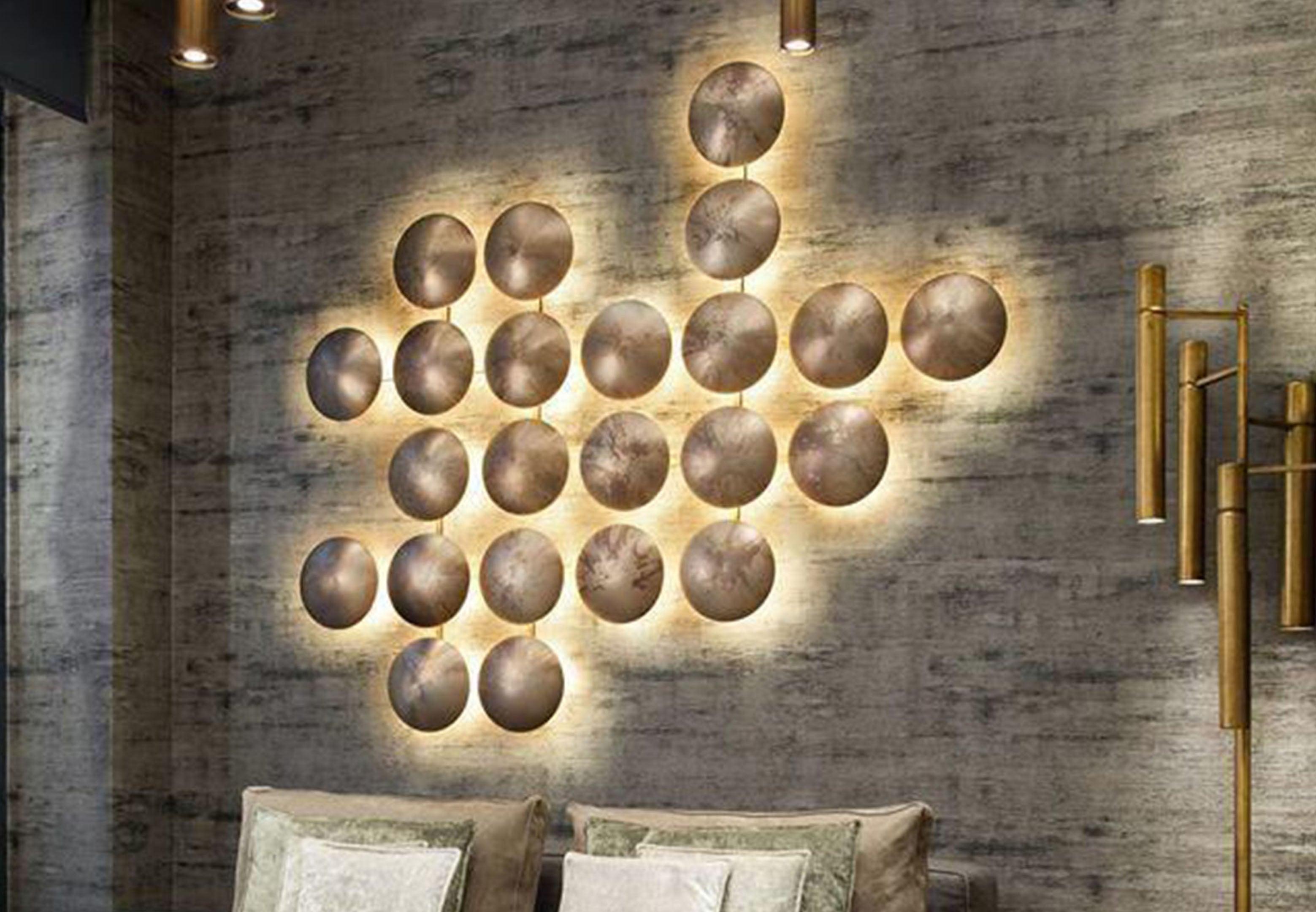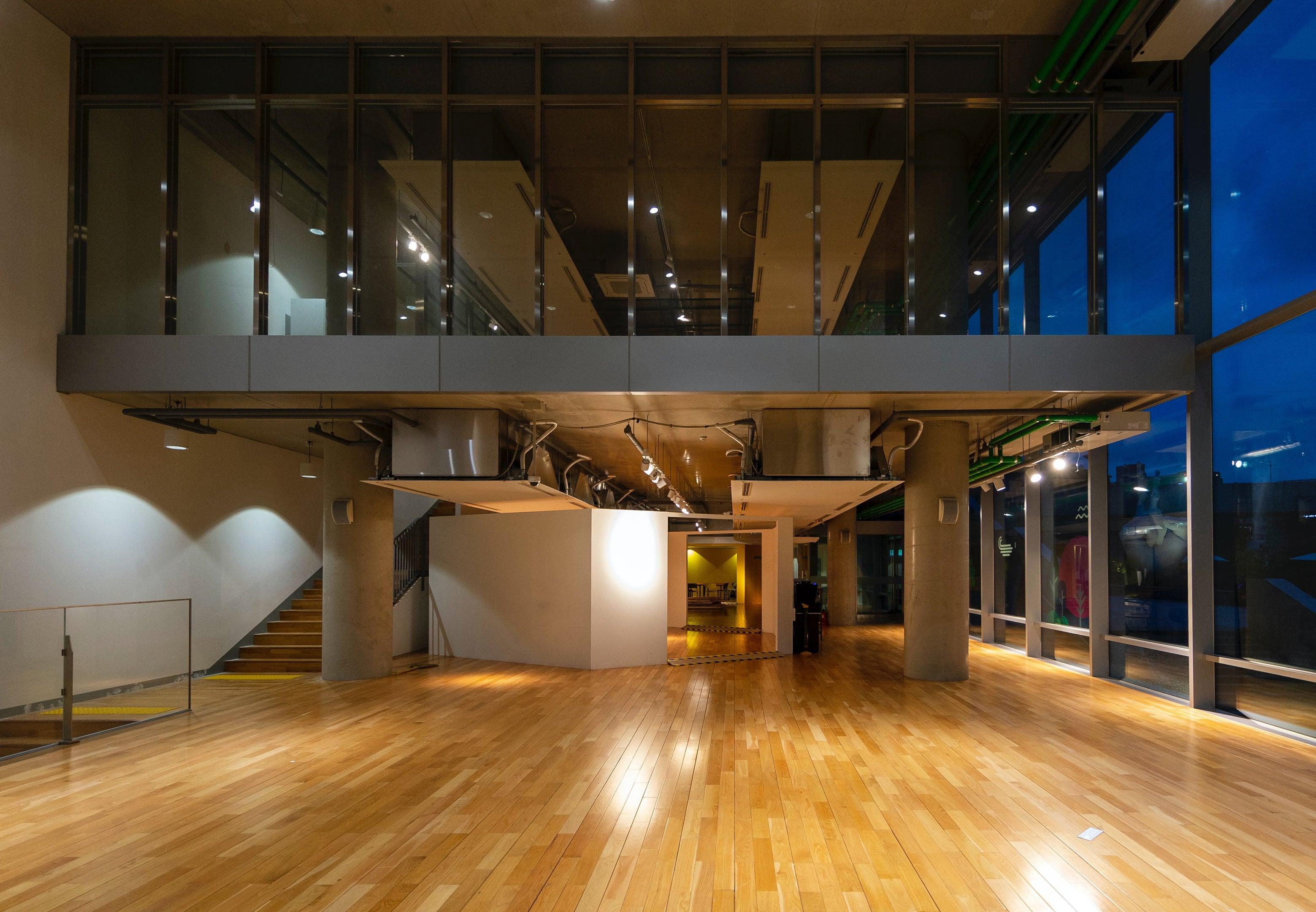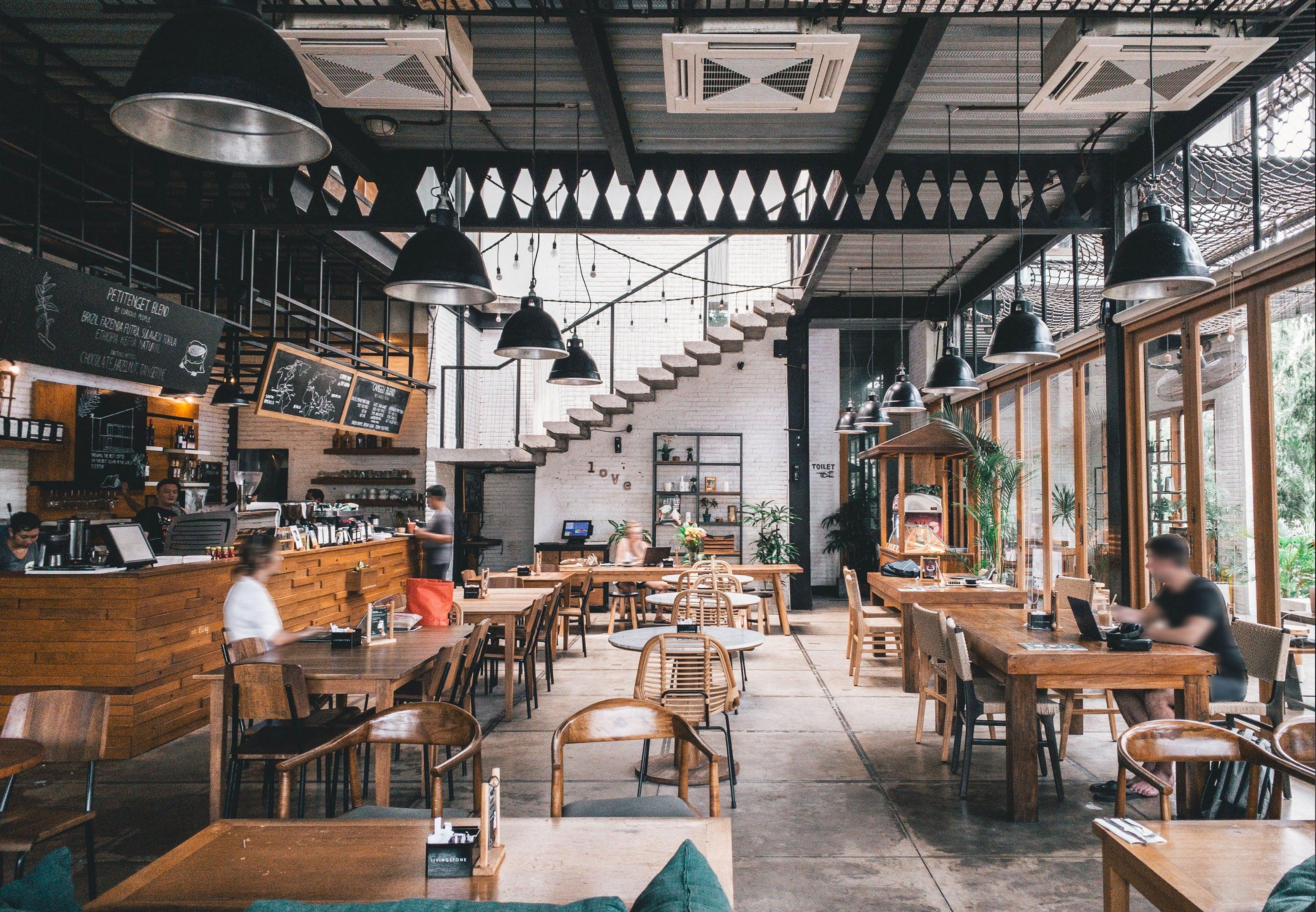
Modernised Lighting Enhances Ancient Architecture
The goal of using modern lighting solutions on ancient structures is to protect and showcase the features for visitors. It may create a warm and welcoming atmosphere while highlighting the building's unique characteristics, textures, and hues.
The objective is to figure out the right balance between preservation and improvement using energy-efficient and non-invasive technology. LED lighting, spot lighting, accent lighting, and so on are all modern lighting.

The use of contemporary lighting can do wonders for the aesthetic value and historical significance of heritage landmarks. By striking a fine balance between the two, modern lighting can ensure that historic buildings remain admired and enjoyed for years to come.
There are several ways in which modern lighting can improve historic buildings:
Highlight Details:
Lighting can reveal details and features you might miss in natural or low light. Using the right type and amount of light, you can accentuate the features of a historical building or a specific area and bring out its beauty in ways you might have never seen before. Lighting is essential in decorating and accentuating a space, as it adds depth and detail and creates atmosphere and ambience.

Creating ambience:
The use of modern lighting can make buildings seem more welcoming and comfortable to visitors. The choice of colours, brightness and placement of lighting can significantly enhance the atmosphere of a building. When designing a building, the thoughtful use of modern lighting can evoke an emotion, create an atmosphere of warmth and comfort, or provide an aesthetic appeal that can draw people in.

Emphasising textures:
Modern lighting can amplify the spatial qualities of a building by shedding light on its textured surfaces. By emphasising these textures, light can establish a hierarchy between the surfaces of a building and create a visual rhythm that invites the eye to explore. Through careful use of light and shadow, modern lighting can bring out the beauty of a building's textures.

Enhanced hue:
Ancient buildings can look even more beautiful using modern lighting to illuminate their vibrant colours. By adding lighting in specific areas to highlight the unique details of these buildings, they can become a truly magical sight.
Providing safety:
Visitors' visibility and safety in low-light or dark regions can be significantly improved by installing modern lighting. By installing the right kind of modern lighting, visitors can have an increased sense of visibility and safety in areas that are not well-lit.
Maintaining preservation:
The energy efficiency and structural integrity of buildings can both be optimised using today's modern lighting technology. As a result, the building will be better protected for the next generation.
With today's advances in lighting technology, such as LED bulbs, buildings can be better insulated, reducing energy waste and preserving the structural integrity of the building. Furthermore, using LED lighting reduces energy consumption, decreasing the carbon footprint of the building and making it more environmentally friendly.

Enhancing night-time experiences:
By carefully planning the lighting of historic buildings, you may provide your visitors with an unforgettable evening experience. Through the creative use of lighting, historic sites can come alive during the evening hours and give visitors a truly magical and memorable experience.

Showcasing historical significance:
Modern lighting can enhance visitors' recognition of the building's cultural and historical value by highlighting the structure's most prominent aspects. For example, illumination of the artful features of a building can draw attention to its age and importance and provide an enhanced aesthetic quality for visitors. In this way, lighting can bridge the gap between what a visitor can see and understanding why a particular building is essential.
Incorporating distinction:
Modern lighting may help the antique buildings stand out, emphasising their charm. Through clever use of modern lighting fixtures, the antique buildings can remain true to their original design while still making a statement about their uniqueness.
Improving accessibility:
Visitors, particularly those with mobility or visual impairments, will have easier access to historic buildings if well-illuminated. It can be accomplished through modern lighting technology, which will not only improve visibility but also help to preserve historic architecture.
Improved illumination can be achieved through various approaches, such as low-level lighting, spot lighting, and floodlighting. Low-level lighting is most effective for illuminating entrances and other features of historic buildings which require close viewing.
Ancient buildings can be given new life with the help of modern lighting, giving visitors a more dynamic and exciting experience. Modern lighting plays a crucial role in guaranteeing that future generations will appreciate and enjoy these structures by highlighting their beauty and protecting their integrity. This use of modern technology can help bridge the past and the present, bringing new life to ancient buildings and adding complexity to their stories.
Buildings, parks, and other public spaces can benefit immensely from architectural lighting by making them more attractive, secure, and easily accessible. In addition to creating a warmer and more welcoming space, it can save energy and help the environment.

For example, using energy-efficient LED lighting in public spaces has been shown to reduce energy costs and improve the visual experience. By installing modern lighting, these spaces can be lit in a way that preserves the beauty of ancient architecture while also providing up-to-date technology and energy efficiency.
 Talk On Call
Talk On Call Chat On WhatsApp
Chat On WhatsApp


